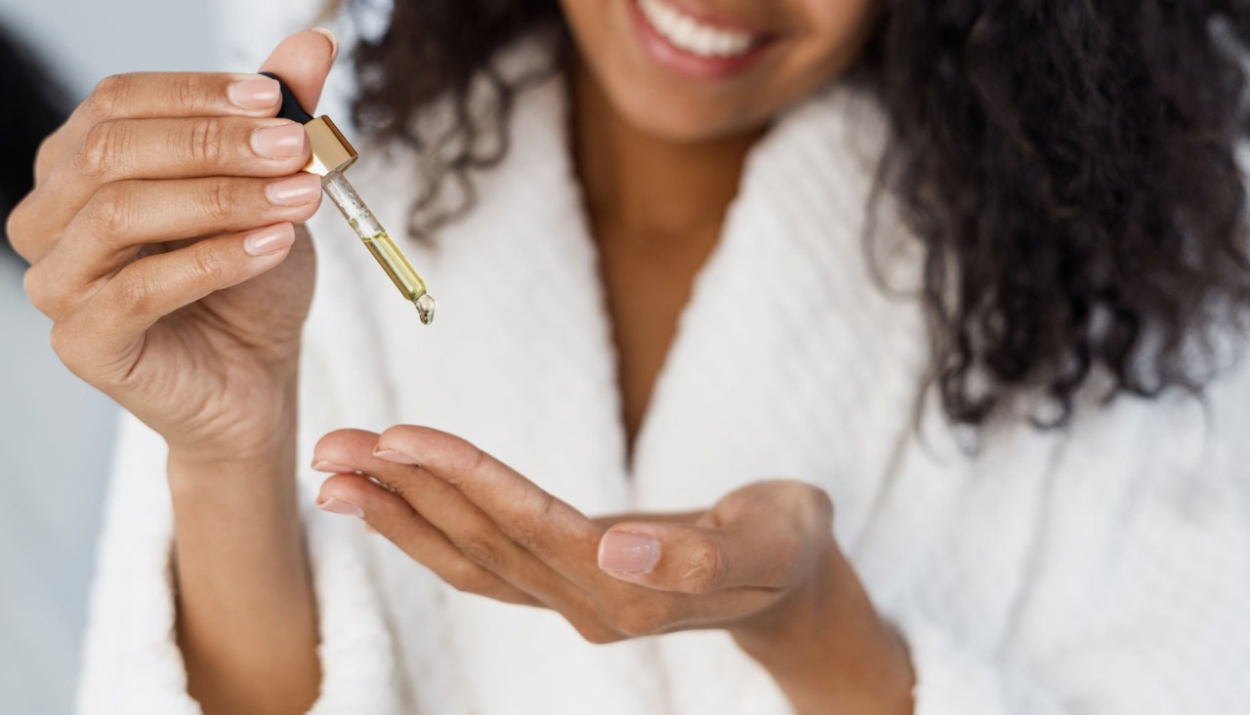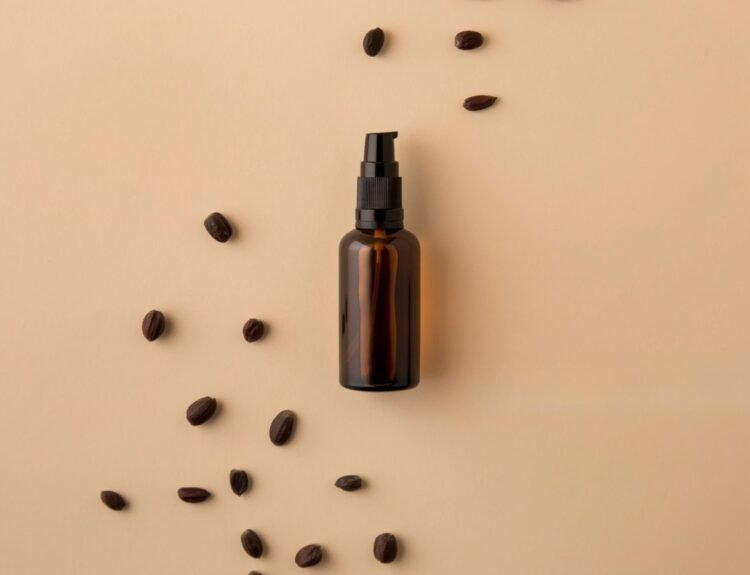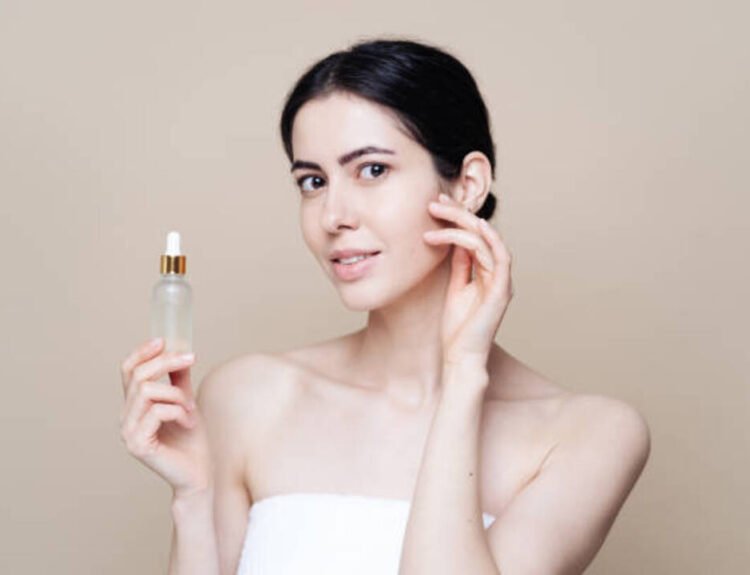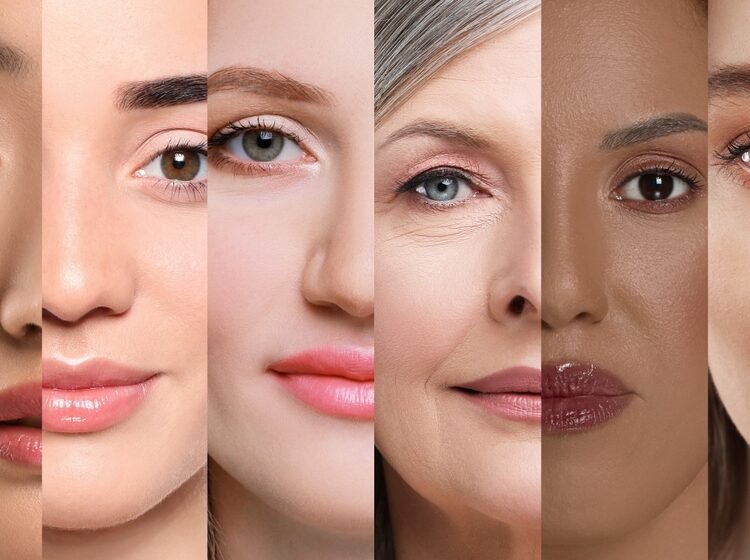In today’s fast-paced world, where time is limited and routines are simplified, minimalism has found its way into skincare. Gone are the days of 10-step regimens. Now, simplicity, effectiveness, and smart ingredient choices dominate the skincare conversation. At the heart of every streamlined routine lies one powerhouse product: the hydrating serum.
This article explores why hydrating serums are essential in a minimal skincare routine, how they support skin health, and how to choose the right one for your needs.
What Is a Minimal Skincare Routine?
A minimal skincare routine is a stripped-down version of traditional skincare regimens, focusing only on essential products that provide maximum benefits. Instead of layering multiple serums, toners, and treatments, a minimal routine typically includes:
- Cleanser
- Hydrating serum
- Moisturizer
- Sunscreen
The goal is to avoid overloading the skin with unnecessary ingredients and instead nourish it with products that deliver real, visible results.
Why Hydration Is Key to Healthy Skin
Hydration is the foundation of healthy skin. Dehydrated skin can appear dull, tight, flaky, and prone to fine lines and irritation. When skin lacks water (not oil), it compromises the skin barrier function, making it more vulnerable to environmental stressors like pollution and UV damage.
Benefits of proper skin hydration:
- Improved elasticity
- Brighter complexion
- Reduced sensitivity
- Smoother texture
- Enhanced absorption of other skincare products
Hydrating serums address this critical need by infusing the skin with moisture-binding ingredients that lock in water at the cellular level.
What Is a Hydrating Serum?
A hydrating serum is a lightweight, fast-absorbing skincare product formulated with humectants—ingredients that draw moisture into the skin. Unlike moisturizers, which create a protective layer on the surface, hydrating serums work on a deeper level, targeting the inner layers of the epidermis.
Key Ingredients in Hydrating Serums:
- Hyaluronic Acid (HA): Holds up to 1000 times its weight in water. It plumps and softens skin instantly.
- Glycerin: A classic humectant that balances hydration and soothes irritation.
- Panthenol (Vitamin B5): Supports skin barrier repair and hydration.
- Aloe Vera: Soothes and moisturizes while providing anti-inflammatory benefits.
- Sodium PCA: Naturally found in the skin, it helps maintain a healthy moisture balance.
Why Use a Hydrating Serum in a Minimal Routine?
1. Boosts Moisture Without Heavy Layers
In a minimalist routine, every product must be multi-functional. Hydrating serums offer intensive hydration in a single step without the heaviness of creams or the complexity of layering multiple products.
2. Improves Efficacy of Moisturizers
Applying a hydrating serum before a moisturizer enhances the absorption and performance of the moisturizer. It’s like priming your skin to drink in nourishment more efficiently.
3. Suitable for All Skin Types
From oily to dry to sensitive, all skin types need hydration. A well-formulated hydrating serum can benefit acne-prone skin by restoring balance without clogging pores or causing breakouts.
4. Targets Dehydration Without Overloading
In minimal routines, it’s important not to overcomplicate skincare. Hydrating serums treat dehydration—a common skin issue—without introducing unnecessary active ingredients that may irritate the skin.
Hydrating Serum vs Moisturizer: Do You Need Both?
Yes—and here’s why.
While both are hydrating, serums penetrate deeper into the skin due to their smaller molecular structure, delivering hydration at the cellular level. Moisturizers, on the other hand, seal in moisture and protect the skin barrier.
Think of your hydrating serum as your moisture magnet and your moisturizer as your moisture lock.
In a minimalist routine, pairing a simple hydrating serum with a lightweight moisturizer creates an effective two-step approach to optimal skin hydration.
How to Use a Hydrating Serum Properly
To get the most out of your hydrating serum:
- Cleanse your face with a gentle, non-stripping cleanser.
- Apply hydrating serum to damp skin. Dampness enhances absorption.
- Follow with moisturizer to seal in hydration.
- Finish with sunscreen during the day.
You only need a few drops of serum. Overuse won’t increase benefits and may cause product waste.
Common Mistakes to Avoid
Even with the best hydrating serum, results can be hindered by poor application or other routine issues:
- Using on dry skin: Apply to damp skin for maximum absorption.
- Skipping moisturizer: Hydrating serums need to be sealed in.
- Not using consistently: Regular use yields long-term results.
- Mixing with incompatible actives: Avoid layering serums with harsh exfoliants unless advised.
The Role of Hydrating Serums in Skin Barrier Repair
A strong skin barrier protects against moisture loss, pollutants, and pathogens. When it’s compromised, skin becomes irritated, dry, and inflamed.
Hydrating serums support skin barrier repair by:
- Enhancing water retention
- Reducing transepidermal water loss (TEWL)
- Supporting natural lipid production
- Promoting a balanced microbiome
For minimalist routines, where barrier-friendly skincare is essential, hydrating serums offer a gentle and effective solution.
Choosing the Right Hydrating Serum
With hundreds of options on the market, selecting the right hydrating serum can be overwhelming. Here’s what to look for:
Clean, minimal ingredients
Avoid unnecessary fragrances, dyes, or alcohols that can irritate skin.
High-quality humectants
Look for hyaluronic acid, glycerin, panthenol, and beta-glucan.
Lightweight, non-comedogenic formula
Especially important for acne-prone or oily skin types.
pH-balanced
Formulas with a pH close to the skin’s natural level (4.5–5.5) ensure better absorption and skin compatibility.
Hydrating Serums for Different Skin Types
Dry Skin:
Choose serums with multiple molecular weights of hyaluronic acid, ceramides, and squalane.
Oily Skin:
Opt for oil-free, water-based serums with niacinamide for hydration and oil control.
Sensitive Skin:
Look for fragrance-free, hypoallergenic formulas with calming ingredients like aloe and chamomile.
Mature Skin:
Seek serums enriched with peptides, hyaluronic acid, and antioxidants to plump fine lines and restore suppleness.
Final Thoughts
If you’re looking to simplify your skincare without compromising results, a hydrating serum is non-negotiable. It addresses one of the skin’s most essential needs—hydration—and supports every other step in your routine, from cleansing to moisturizing to protection.
In minimalist skincare, effectiveness is everything. And nothing delivers faster, more visible improvements to your skin’s texture, tone, and resilience than a high-quality hydrating serum.
FAQs About Hydrating Serums in Minimal Skincare
Q: Can I skip moisturizer if I use a hydrating serum?
A: No. Serums provide hydration but don’t lock it in. A moisturizer seals in the benefits.
Q: How often should I use a hydrating serum?
A: Daily, ideally morning and night, after cleansing and before moisturizing.
Q: Is it okay to layer hydrating serums with actives like retinol?
A: Yes, hydrating serums can buffer the irritation from actives like retinol or AHAs.
Q: Are hydrating serums good for acne-prone skin?
A: Absolutely. Dehydrated skin can produce more oil, worsening breakouts. Hydrating serums restore balance.








